The Early Beginnings
The present tower was built by Wriothesley in about 1544 after he had pulled down Hyde Abbey. There is reason to believe that stones from the abbey were used in the construction of the tower. The north and south interior arches to the east of the tower are the oldest part of the building and date from about 1380 although some say that they might even originate from a century earlier. The tower houses six bells; two were cast in 1703 and the remainder in 1892. The tenor bell weighs 8 cwt. These bells are regularly rung. There is also a set of hand bells.
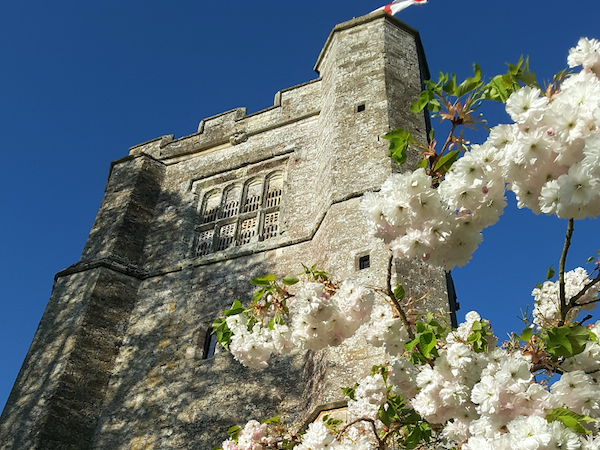
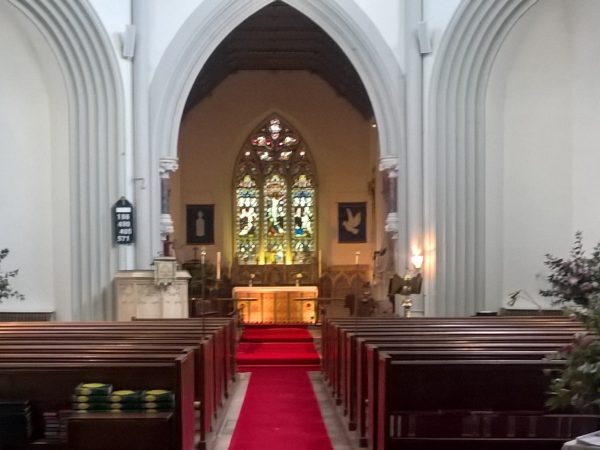
In 1806 Sir Francis commissioned George Dance to rebuild St Mary’s church at Micheldever. It is unclear as to whether this rebuilding was brought about because of a fire or just that the nave and chancel had fallen into a bad state of repair. Either way it was George Dance who was responsible for the present design of what is believed to be the only rural rotunda in England. Inside it is an unusual and impressive building; the outside is less than impressive. Pevsners ‘Architectural Guide for Winchester and North Hampshire’ (2010) describes the exterior of the church as ‘arresting, a shockingly odd and nakedly unadorned composition of three separate parts, not a little strange in it rural setting’. The design is based on his design for St Bartholomew-the-less in Smithfield London. Pevsner goes onto describe the interior as ‘a thrill of rare delight not least for its brilliant lucid planning and lighting’.
In 1881 the church underwent further structural change and the gallery, which was at the west end, was removed.
Monuments and Plaques
The Marquis fled from religious persecution in France and entered the service of William 11 as a Major General. In 1691 he was made C- in- C in Ireland and created Viscount Galway. Between 1693 - 1709 he was involved in various battles on the continent. In 1720 he was to die in East Stratton visiting Lady Rachel Russell of the Bedford family. He was buried in Micheldever churchyard but it is not known where he was buried. In 2001 the Huguenot Memorial Society a plaque in his memory on the south wall of the tower.
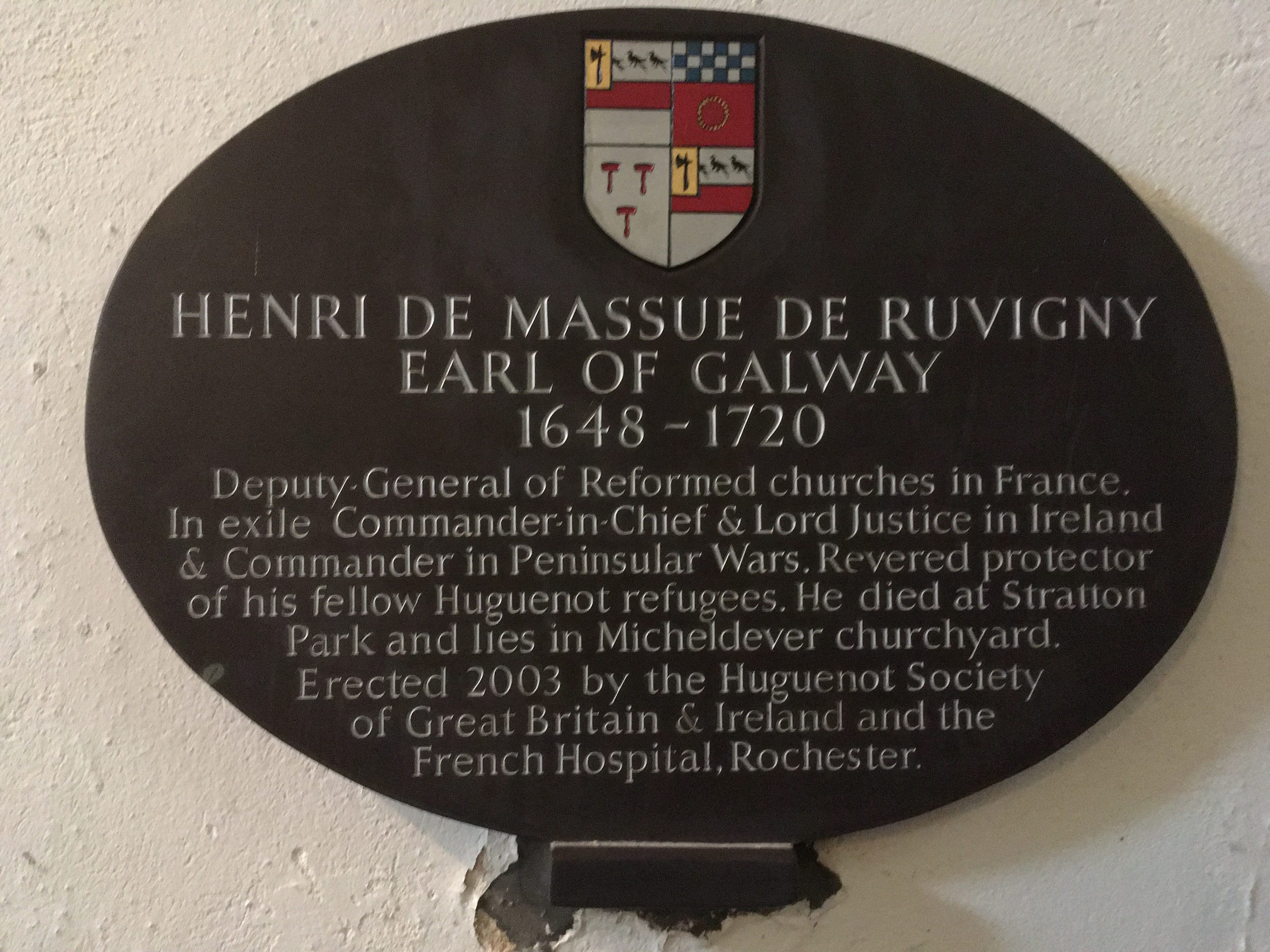
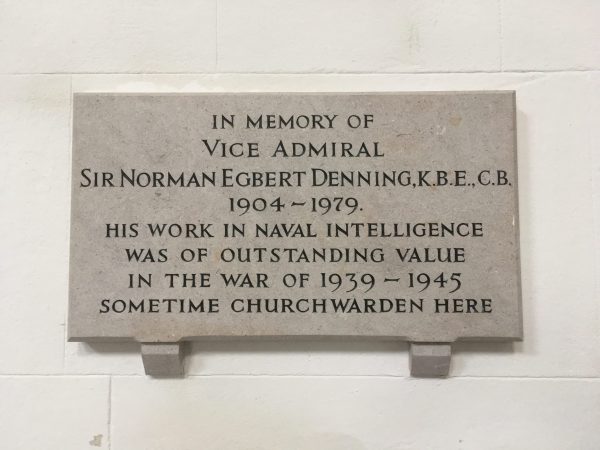
Vice Admiral Sir Norman Denning. On the south wall at the back there is a plaque in memory of Sir Norman Denning to mark his service as Head of Naval Intelligence in the last war. He lived in this village and was a churchwarden of this church. He is buried in the churchyard. His brother, Lord Denning , who died relatively recently, was Master of the Rolls.
In 1830 this parish and the surrounding district were aroused by an agricultural revolt known locally as the’ Swing Riots’. Rioting occurred because of the increasing mechanization of farming, in particular the introduction of threshing machines. At Northington, not far from here, the seat of a branch of the Baring family, Bingham Baring, a JP, ordered some labourers , who had gathered outside his house, to disperse. Whilst doing this his hat was knocked off by a Micheldever labourer named Henry Cook. Another version of events states that Henry Cook threatened Bingham with an axe. Either way Cook, aged 19, was charged with attempted murder, tried in Winchester and hanged. He is buried somewhere in the church yard. At the instigation of the union Unison, formerly an Agricultural Union, a plaque was erected in the church in 2009 in memory of Henry Cook.
The Church Today
In 2001 the organ in the church gave up and was beyond economical repair. Fortuitously an unwanted, but serviceable, organ became available from a chapel in Southampton University. The chapel was being converted into a secular use and we were able to secure the organ for St Mary’s. It was installed and is a great asset. Combined with good acoustics, the church provides an excellent environment for musical events and dramatic performances. The Dever Singers use the church for rehearsals and usually give a summer and winter concert in the church. An audio /visual (AV) system was installed in St Mary’s in 2018 following a generous legacy from the late David Asdell. The church has a comfortable seating capacity for 150 in traditional wooden pews. Making use of folding chairs it is possible to increase this to around 175 people.
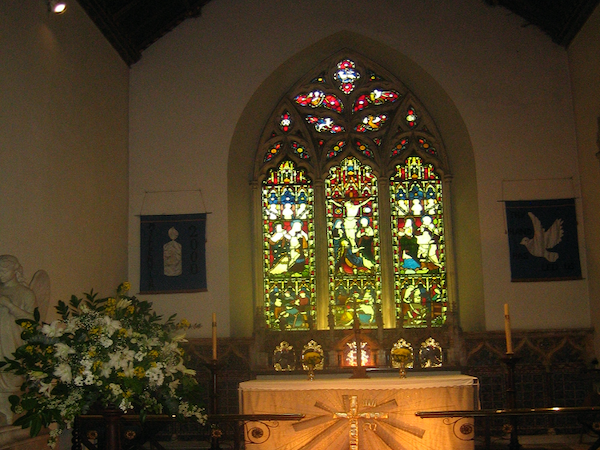
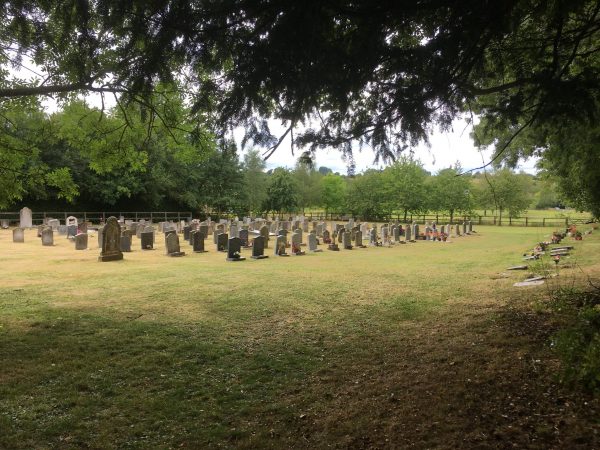
The churchyard falls into three parts: Pre-1952, 1952-2018 and 2018 to the present. Shortly after the Second World War it was decided to take down all the headstones surrounding the church itself. They had fallen into disrepair and were impossible to maintain. Subsequently in 2014 those headstones pre -1952 that could be recovered, have been re-erected and placed on the northern and western boundaries.
There are two 2nd World War graves in the churchyard.

